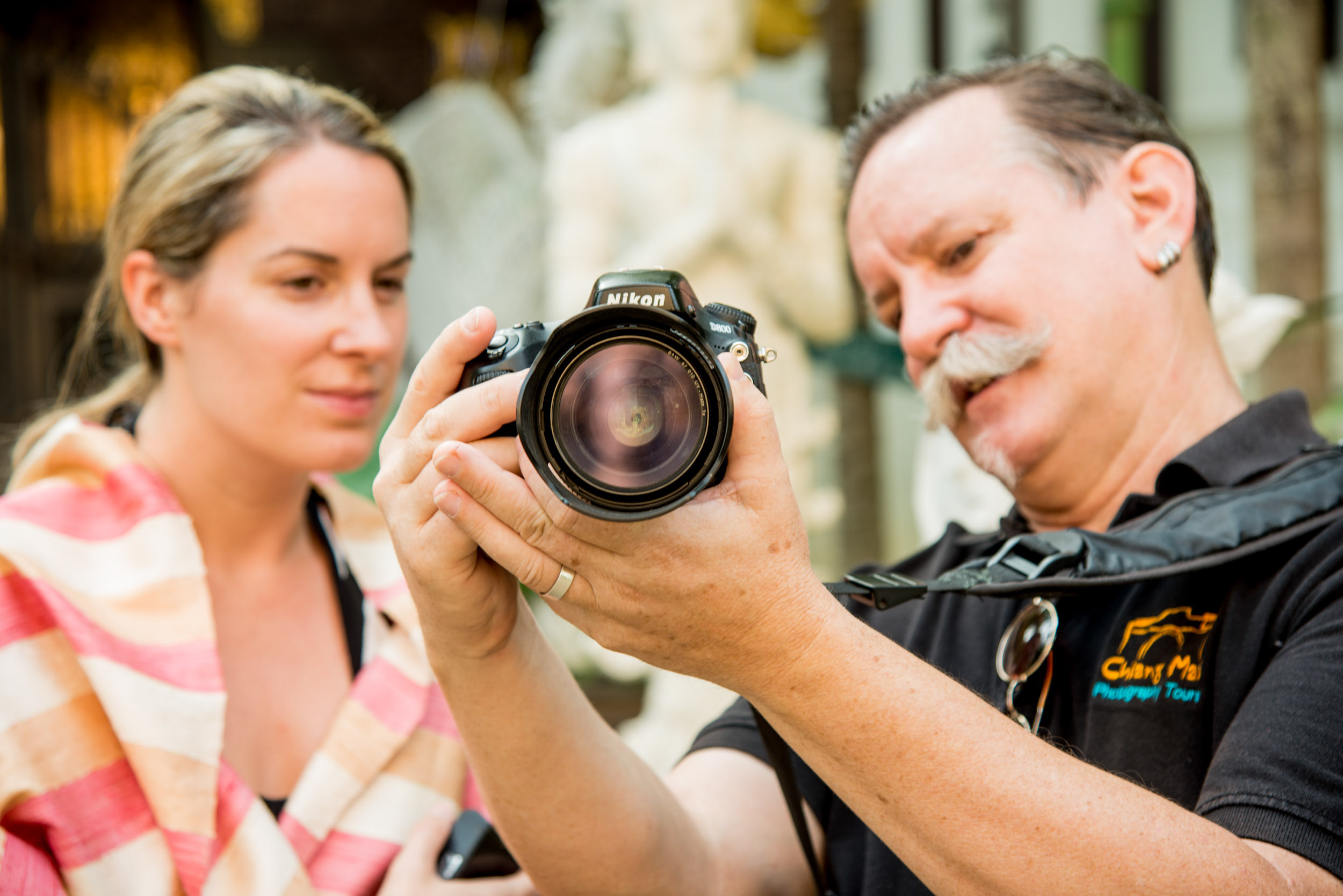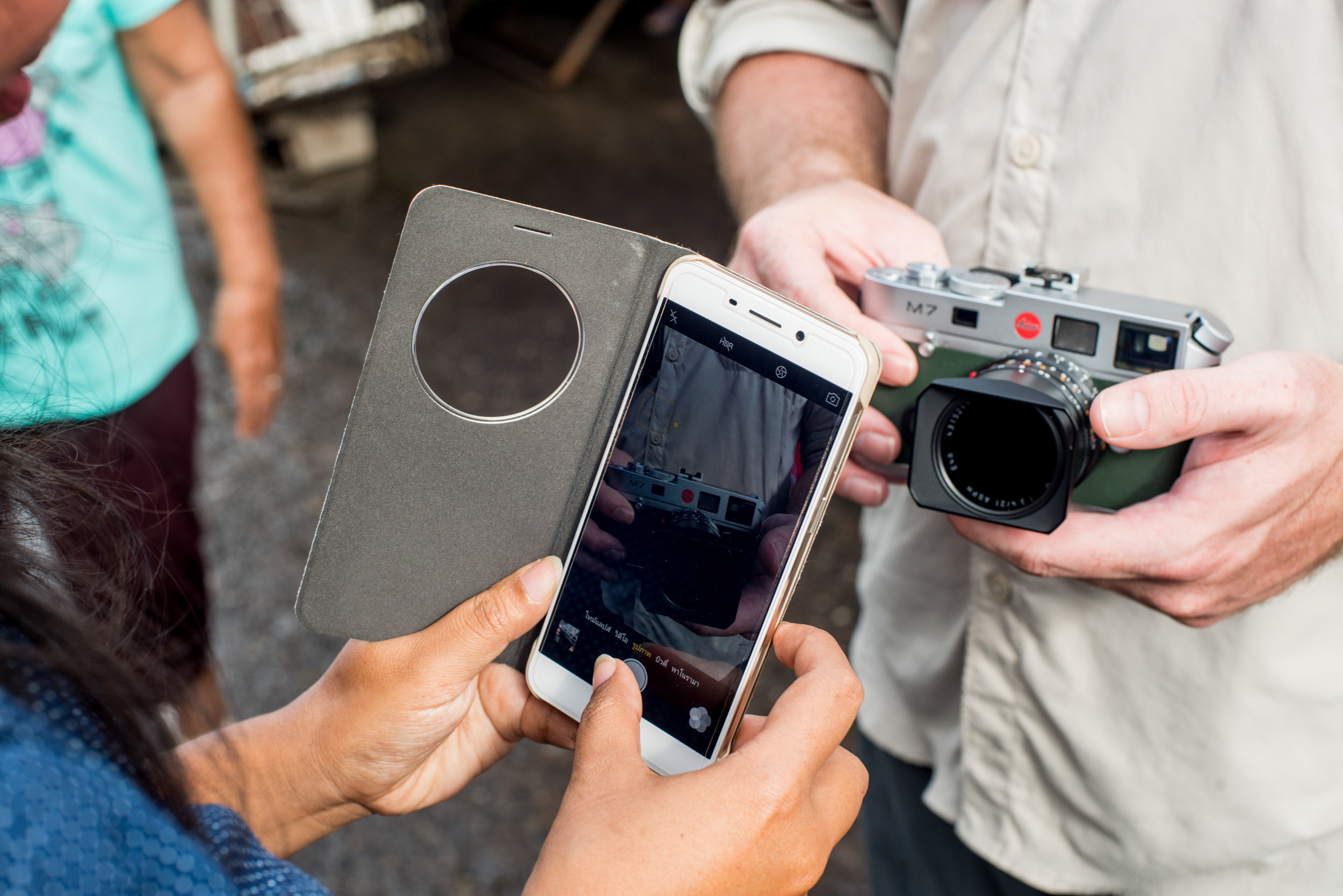 This is an article for anyone who loves taking photos with their phone but wants to improve the quality of their images and become more creative with their photography.
This is an article for anyone who loves taking photos with their phone but wants to improve the quality of their images and become more creative with their photography.
There’s an old saying that the best camera is the one you have with you. This implies not so much about the camera itself, but the importance of having a camera with you. This is the biggest advantage of a phone camera. If you form a habit of carrying a quality DSLR or mirrorless camera the potential for you to capture truly stunning, high-resolution photos improves immensely.
Learning to use a camera you’ll be able to take more creative photos of a higher technical quality than you can with your phone. The quality of the sensor and lenses of cameras is superior to those used in phones. The level of control you can learn to have of a camera allows for far more creative expression than is possible with a phone.
Photography with phones is designed to be quick and easy. This is not often how great art, or even good art is made.
One of the great things about smartphones is that anyone can use them to take a photo. Most often these photos will be in focus and reasonably well exposed. The apps used to process photos take care of these aspects of photography for you. But they are not creative, you are.
Unless you are in control of your camera the creative aspects of your photography will remain very limited. This is true whether it’s a smartphone camera or a more advanced camera. Getting your hands on a quality camera and learning how to use it well provides you with so much more creative potential. You'll never manage this only using your phone to take photos.
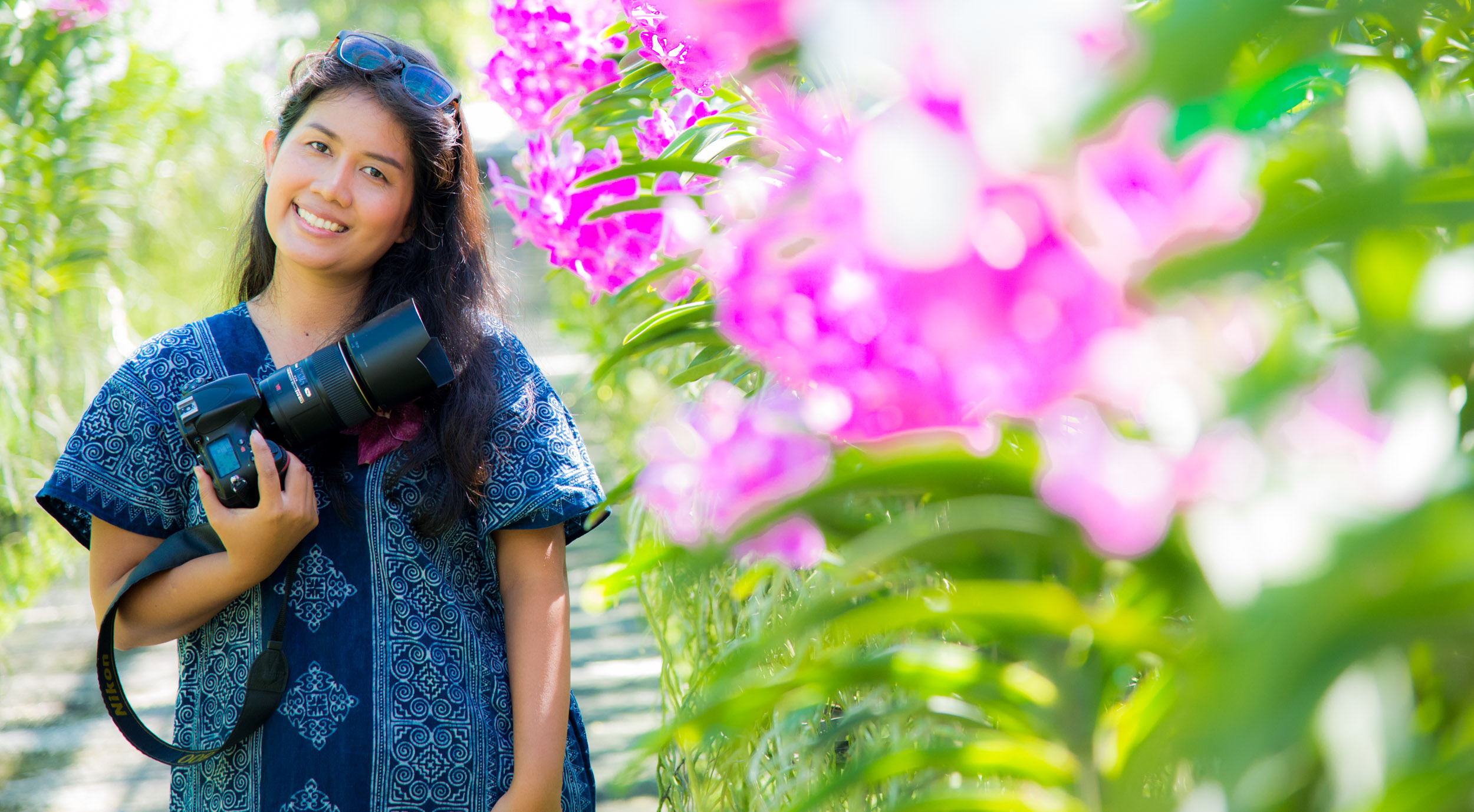
Two Key Aspects of Transitioning to Using a Camera for Photography
The two key aspects of beginning to use a camera rather than your phone are:
Making a habit of carrying your camera with you.
Learning to control the camera so it does what you want it to do.
Most of us carry a phone pretty much everywhere we go these days. Even to the bathroom! Taking photos everywhere and anywhere is easier than ever. This is the reason more people take more photos these days.
Ease of use is another factor that contributes to the multitudes of images people take every day. Snapping a quick picture is not at all complicated. If picture taking with a phone was at all complicated not so many people would bother.
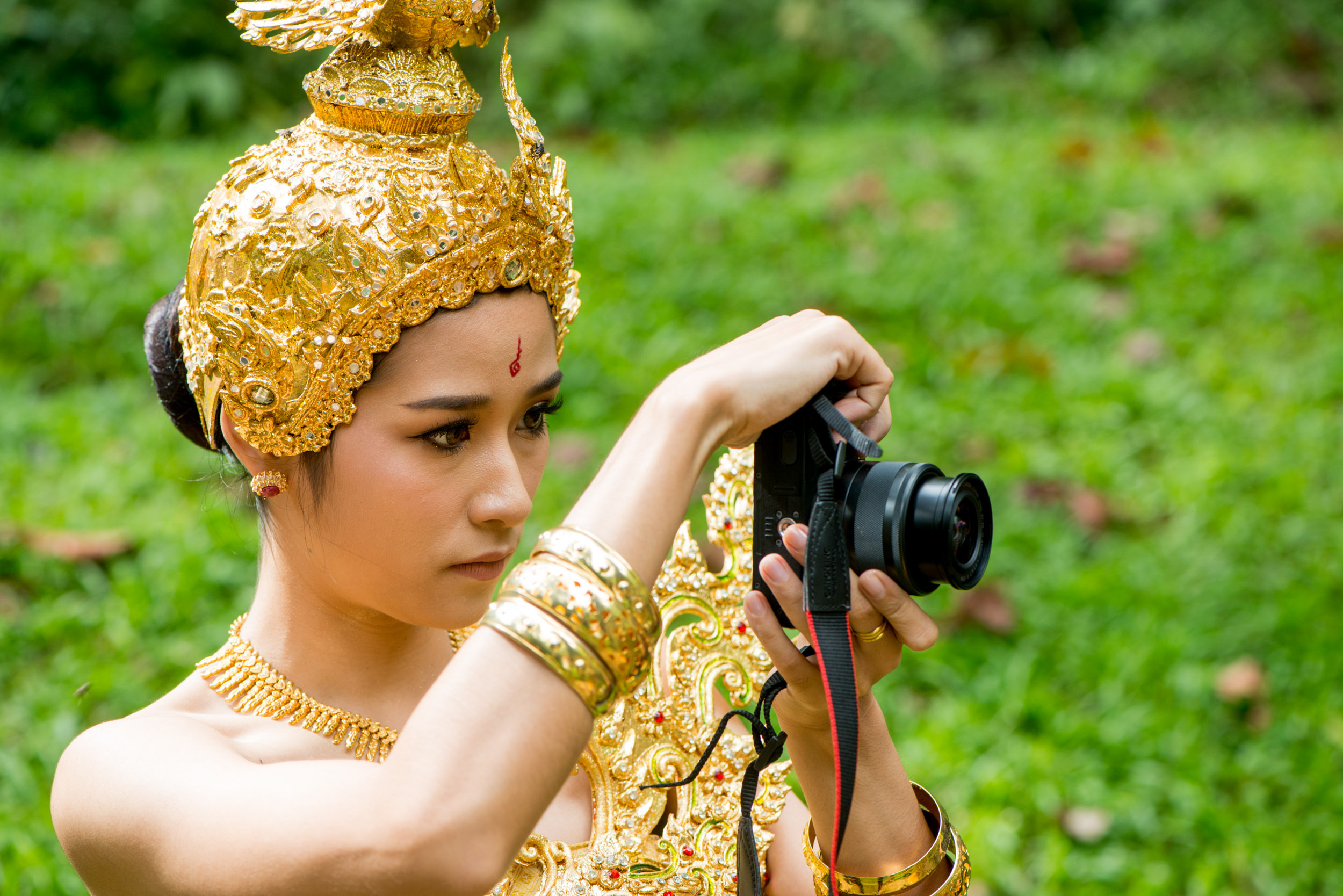
Making a Habit of Carrying Your Camera
Building a good habit of carrying your camera is the most important aspect of transitioning from photography with a phone to with a camera. The more frequently you take photos with your camera, the better you’ll become. The more you’ll enjoy photography.
So long as your camera sits on the shelf or remains in its bag, your photography will be slow to improve. The more persistently you take photos with your camera, rather than with your phone, the easier it becomes. You’ll soon develop a connection with your camera. You’ll begin to use it with greater success and taking photos will be far more enjoyable. Especially as you begin to appreciate the high-quality images you take with your camera.
Carrying your camera often has to be your choice. It will not automatically jump into your hands. You must have it with you and mindfully use it when opportunities arise. At first, this will create a noticeable difference from using your phone. Because your phone is so easy to take photos with and does not require the same level of concentration that using a camera does.
Initially, this may cause you some frustration. One good way to overcome this is to continue to use your phone camera as well. Take a quick snapshot with your phone, and then take a little more time to capture the same subject with your camera. You’ll find it interesting to compare the differences. At first, you may not notice many. But as you progress and gain confidence with your camera you’ll soon appreciate the superior quality of the photographs you are creating.
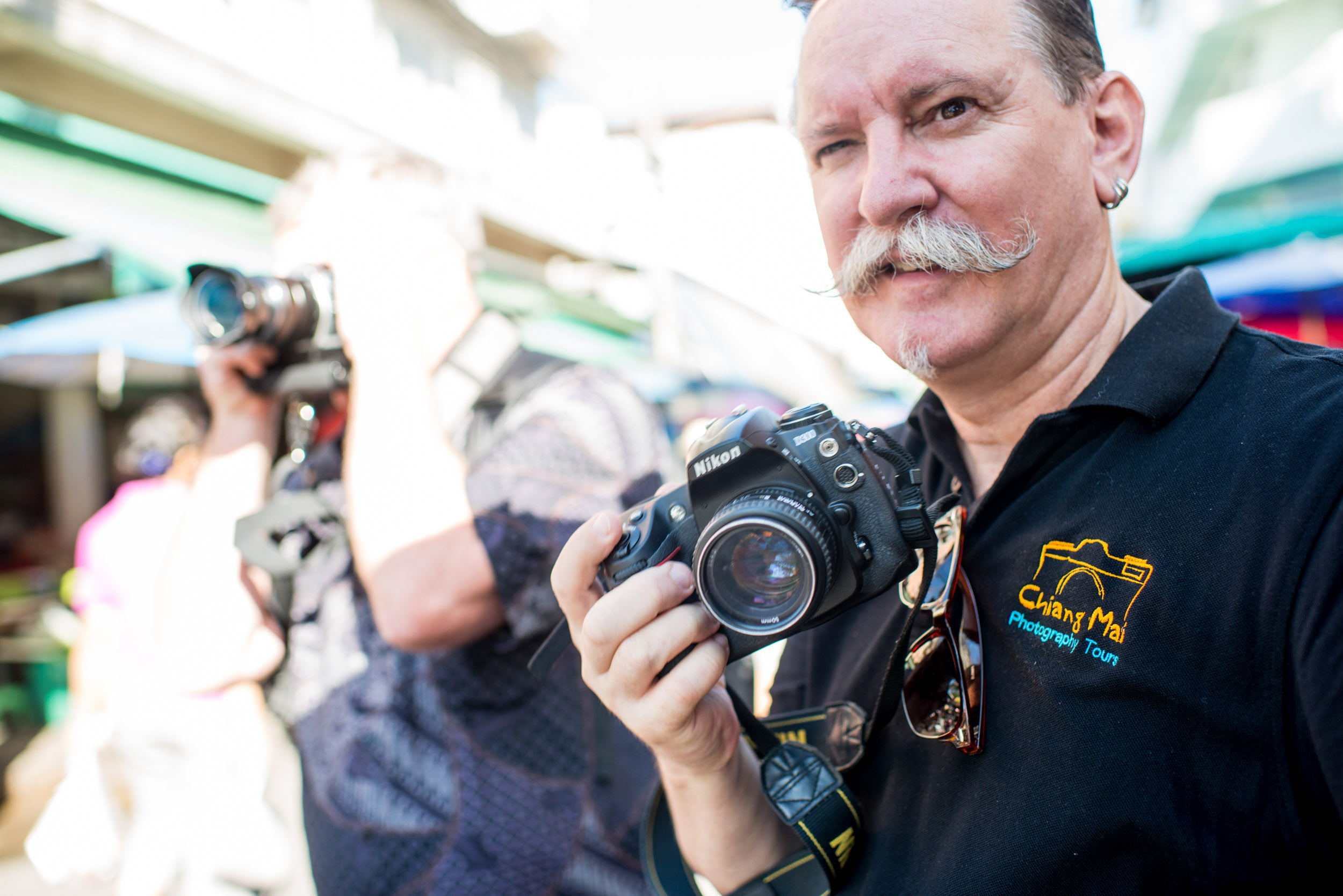
Learning to Control Your Camera
Smartphones are designed to make taking photos very easy. All you need to do is point it at what you want to photograph and then press a button. Simple. Smart. Effective for capturing what you see how you see it.
DSLR and mirrorless cameras are designed so you can have far more control over how your photos will look. When you can control your camera well you have far more scope for creative expression. You also have higher quality images than you could ever produce with a smartphone.
This might not be what everybody wants. You might prefer sticking with your phone for photography. But if you are reading this, I guess you’re interested in taking your photography to another level. This is where learning to use a camera well comes in.
Many people buy a camera and then it sits on a shelf or in its bag because they don’t take the time to learn to use it. Almost all cameras have modes that allow you to use them to easily capture an image. Much the same way phones do. They’ll produce nice pictures that are well exposed. But using a camera in this manner defeats the purpose of owning one. If you only use a camera in this manner, why not stick with taking photos with your phone?
Controlling a camera well allows you to add so much creativity and expression to your photos. This is not easily possible with a phone camera because they do not give you the same level of control.
Like most forms of artistic expression, learning to be a photographer takes time and practice. Smartphone camera technology can trick people into thinking that photography is very easy. Taking good photos consistently is not easy. It takes study, time, and a lot of practice. I’m still doing this even after using a camera for over 40 years, because I want to keep improving.
If you don’t commit to putting the time in to learn and to practice you might as well stick to taking photos with your phone. Don’t waste your money buying a camera that you will not learn to use well.
When do commit to learning photography and practice taking photos often, you’ll find that it’s not so difficult. It’s also more fun than you might imagine.

User Experience: What Are the Main Differences in Using a Smartphone or a Camera?
I think the biggest difference is that smartphones are so easy to use. To get the best results from a camera is not so straightforward.
If you are used to using your smartphone to take photos and approach using a camera the same way, you are bound to be disappointed in the results you see. Of course, you can use a camera in a similar manner to how you take photos with your phone. If you do, don’t expect the results to be much different. They may even be worse.
The computation software built into phones means the image you see on the screen when you take a photo has already been processed. Cameras are generally lacking in this area. They will often apply some filters to enhance what you see on the camera monitor, but this technology is currently far more advanced in phones.
To get the most from your camera you must learn to use it well. Don’t rely on the pre-programed algorithms to make your photos look good. Cameras are packed with incredible technology and continue to improve. But they are not creative. You are. This is where the main difference in making truly good photographs lies.
Playing a musical instrument or dancing at a professional level takes time, dedication, and lots of practice. Most of us can’t sit down at a piano for the first time and play a beautiful tune. Likewise, we’re not capable of dancing a part of Swan Lake or the Nutcracker … or doing the moonwalk, for that matter. These things take a lot of commitment to do well.
Photography is very much the same in this respect. You must study and practice. First to learn to use the camera. And, as you’re doing that, learning to see and think like a photographer. Because phones and cameras are so easy to use for an instant result, many people have come to think photography is easy. And it is if you’re content taking snapshots.
To master photography you must commit to learning and to practice frequently what you are studying.
